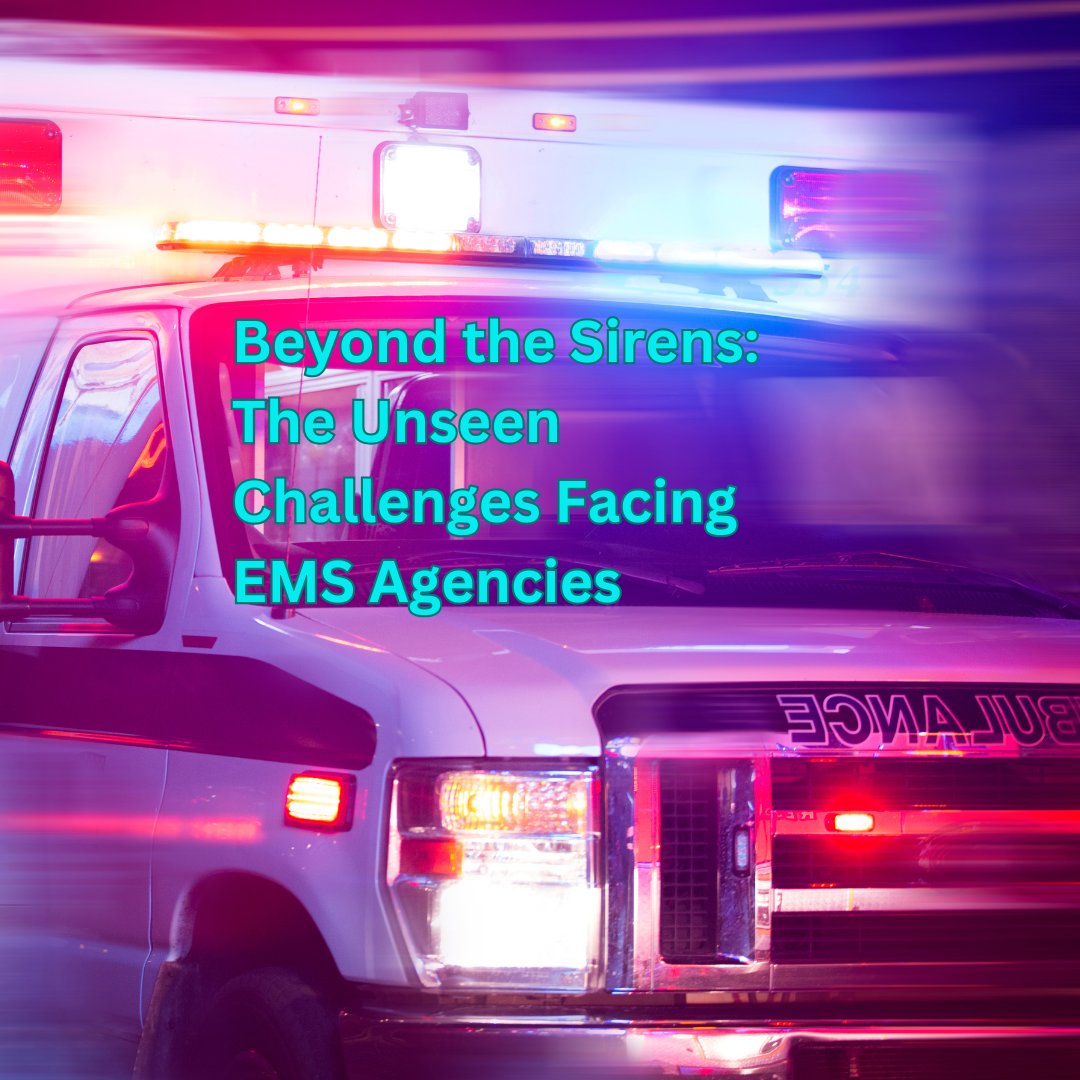Beyond the Sirens: The Unseen Challenges Facing EMS Agencies
Emergency Medical Services (EMS) are the backbone of our communities, the first line of defense in critical moments. We see them rushing to accidents, responding to medical emergencies, and providing care in the most challenging circumstances. But behind the flashing lights and heroic actions, EMS agencies face a multitude of complex and often overlooked challenges that impact their ability to serve.
The Weight of the Call: Burnout and Mental Health
The emotional toll of responding to traumatic events is immense. EMS professionals witness human suffering and tragedy daily, leading to high rates of burnout, PTSD, and mental health struggles. Staffing shortages exacerbate the problem, forcing individuals to work longer hours and handle an overwhelming volume of calls. The constant exposure to stress and trauma creates a significant burden on the mental well-being of these dedicated individuals.
Resource Constraints and Operational Inefficiencies
EMS agencies often operate with limited resources, facing budget constraints and challenges in securing adequate funding. This can lead to outdated equipment, insufficient staffing, and difficulties in maintaining operational efficiency. Optimizing resource allocation, managing call volumes, and ensuring timely response times are critical, yet often difficult to achieve with limited resources.
Data Sharing and Interagency Communication
Effective communication and data sharing between EMS agencies, hospitals, and other emergency responders are crucial for seamless patient care. However, fragmented systems and a lack of interoperability can hinder information flow, leading to delays and potential errors. Real-time data sharing and seamless communication are essential for improving situational awareness and coordinating responses effectively.
The Rising Demand for Services
The demand for EMS services is steadily increasing due to factors like an aging population, rising chronic illnesses, and increased frequency of natural disasters. This surge in demand puts additional strain on already stretched resources, making it challenging for agencies to maintain their level of service and responsiveness.
Finding Solutions with SmartProtect
SmartProtect public safety solutions are designed to address these critical challenges and empower EMS agencies to operate more efficiently and effectively. We understand the unique demands placed on these essential services and offer technology-driven solutions that can make a real difference:
Mental Health Scorecard: Proactively monitor and address responder stress levels, reducing burnout and fostering a healthier, more resilient workforce.
Real-time Data Sharing and Interoperability: Enhance communication and collaboration between agencies, improving situational awareness and coordination.
Resource Optimization: Streamline operations and optimize resource allocation, ensuring efficient response times and maximizing the impact of limited resources.
By leveraging cutting-edge technology, SmartProtect empowers EMS agencies to overcome their biggest challenges, allowing them to focus on what matters most: saving lives and serving their communities. Let's work together to build a safer and more efficient future for emergency response.


